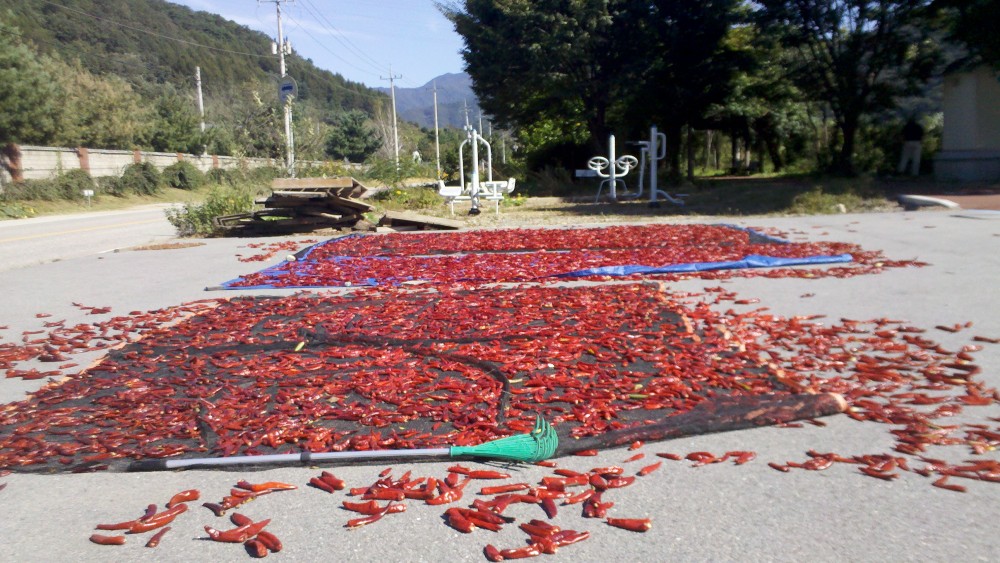Geographers, like Historians, sometimes have the unenviable task of informing the general public that their field of study is beyond the question of “What?” Upon learning we’re Geographers, a common question posed is “How interesting! What’s the capital of ______?” Often, we smile, nod, and either a.) answer the question b.) politely inform our questioner that there is more to the social science than where things are located or c.) roll our eyes and walk away. Historians, undoubtedly, are probably asked all manners of questions – “Hey! Do you know about the French Revolution?” or “Hey! What year did America declare its independence?!”
To be sure, the question of “WHERE?!” is central to geo-graphy (writing about the world). But that’s only the first step. “Real” Geography, if I may be so bold, involves deriving knowledge and information from this raw data. Why is it data? And who cares that it’s there anyway? In other words, what does it mean – why does it matter? Below is a graphic illustrating these ideas, via Z Geography’s world map!

Geographic Knowledge and Education (via ME!)
A bit of boring background on the genesis of this post. I’ve been wanting to write it for some time, not only is it Z Geography’s first foray into field research (!!!) but it’s also a wonderful topic to illustrate these geographic knowledge and education arguments.
National myth making, short-hand for the process in which the imagined community (hat tip to Anderson) is created, is also a geographic process. The objective, of course, is to create and solidify “the nation”. That community of individuals, whom you will never meet everyone, but with whom you share an identity, perhaps you’ll join the military and protect them, or you’ll head over to the pub in the expatriate district of Minsk for a quick drink in familiar surroundings. The “nation” is not only socially defined by geographically, there are places, boundaries, and areas more “sacred” than others. In the United States, we have our own.
A few weeks ago Z Geography popped on south to visit the Yorktown battlefield near Yorktown, VA, site of a British surrender to an allied American-French army in 1781. General Cornwallis’ surrender eventually led to the Treaty of Paris and the attainment of the colonies’ independence (huzzah!).

U.S. Second Siege Line (Yorktown, VA via ME!)

(formerly) British Redoubts (Yorktown, VA via ME!)
As we can see from the above the battlefield is well maintained. The siege lines, which the Americans and French used to creep closer to the British defensive positions at Yorktown come complete with cannon and mortars. The formerly British redoubts are also maintained though the timber “stakes” have a steel rebar center. The more interesting noteworthy item is the location of the visitor’s center. Smack in the middle of the British defensive lines. Take that lobsterbacks! Not only did you surrender but our tourists can now saunter through your lines!
In effect, the public preservation of the battlefield at Yorktown protects and bolsters the national story – and the myth. The place of Yorktown is commemorated and preserved so that all Americans (and other tourists) can see the place where our independence was won. That Cornwallis surrendered here is well known, less well known is the second garrison, across the York River at Gloucester Point.
The British position at Gloucester Point was commanded by none other than Banastre Tarleton. Depending on your depth of knowledge (and your location) you may have had one of three reactions, 1.) Tarle-who? 2.) ah ok, I know him or 3.) that bastard! Tarleton is a controversial historical figure (as noted in his Wikipedia page). For Z Geography’s purposes, it is sufficient to know that he was an effective commander, accused of atrocities at the Battle of Waxhaws, and absolutely despised by a number of Colonial Americans (particularly Virginians). These accusations persist to the present. What is most interesting is that Tarleton’s command was not at risk of falling to the Americans and French, who were mostly across the river at Yorktown, besieging the main British army under Cornwallis. As pointed out in 1781: The decisive year of the Revolutionary War, Cornwallis had earlier intended on sneaking across to Gloucester Point and attempting a breakout and that most of the remaining British naval assets were on the Gloucester side of the river.
Regardless, Cornwallis included the Gloucester Point garrison within the terms of surrender. Noting that the garrison wasn’t about to fall, Tarleton’s troops were permitted to march out with drawn sabers before being disarmed.
With Clinton sailing from New York to Yorktown a week before Cornwallis surrendered, Tarleton’s continued garrison of Gloucester Point is an interesting “what-if” scenario. Thus, while the victory at Yorktown was complete in the sense that Cornwallis surrendered both positions, Gloucester Point is somewhat, hollow. The surrender terms acknowledge this, Tarleton was permitted to march with saber drawn. In this way, Tarleton maintained his status as the British equivalent to Francis Marion, a perpetual thorn in the side of the colonials.
From a geographic perspective, the national myth is seen in comparing the pristine condition of the Yorktown Historical Battlefield with the town across the river. In contrast, Gloucester Point offers no acknowledgement that Banastre Tarleton bested the rebels one final time, save one:

Tarleton/O’Hara Historical Marker (Gloucester Point, VA via ME!)
Incidentally, Z Geography is fairly certain that O Hara road is named for Charles O’Hara, Cornwallis’ second-in-command. O’Hara officially surrendered the British Army at Yorktown to Benjamin Lincoln (Washington’s second-in-command).









